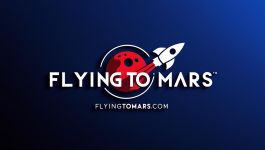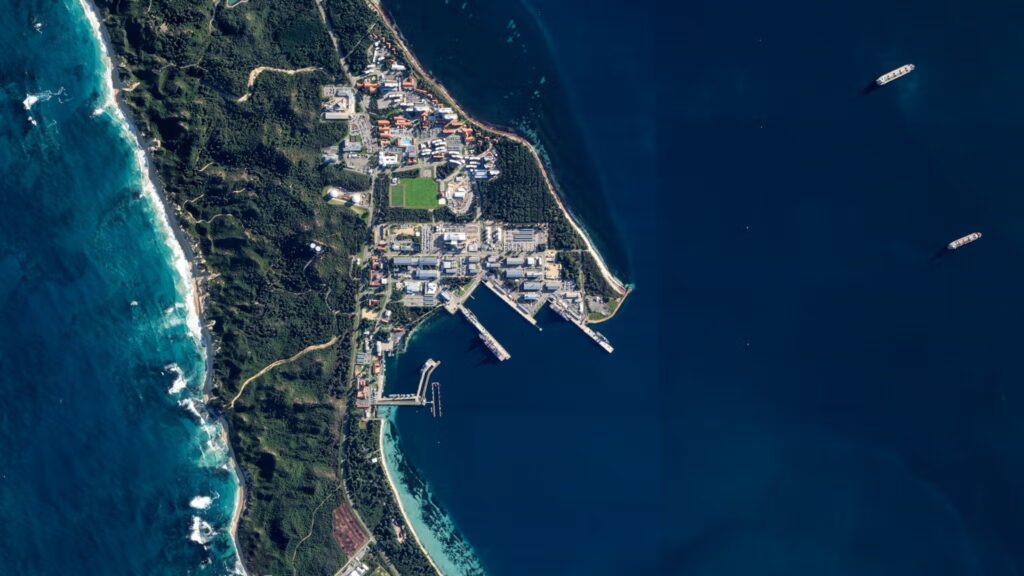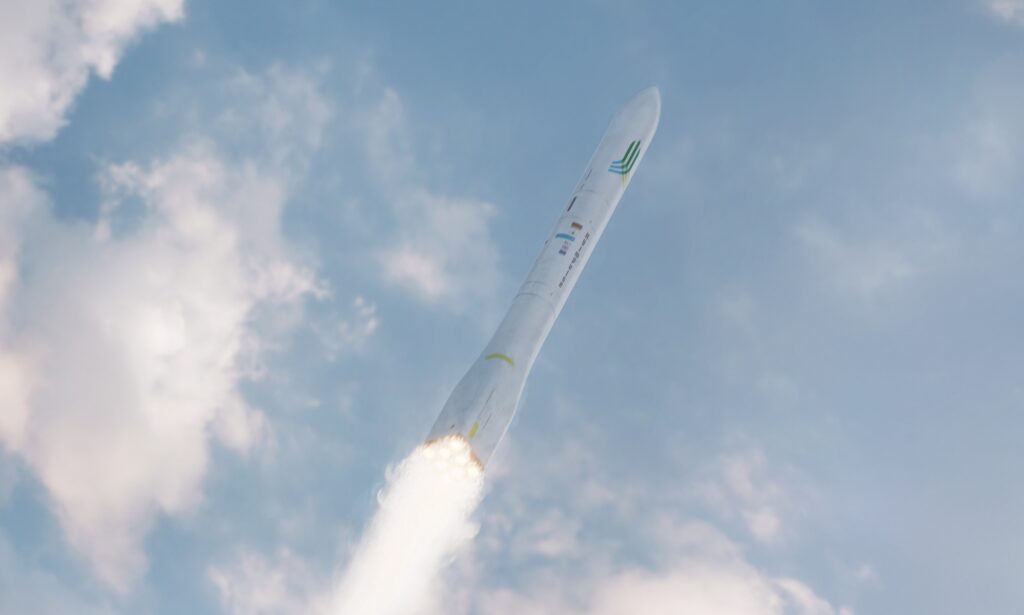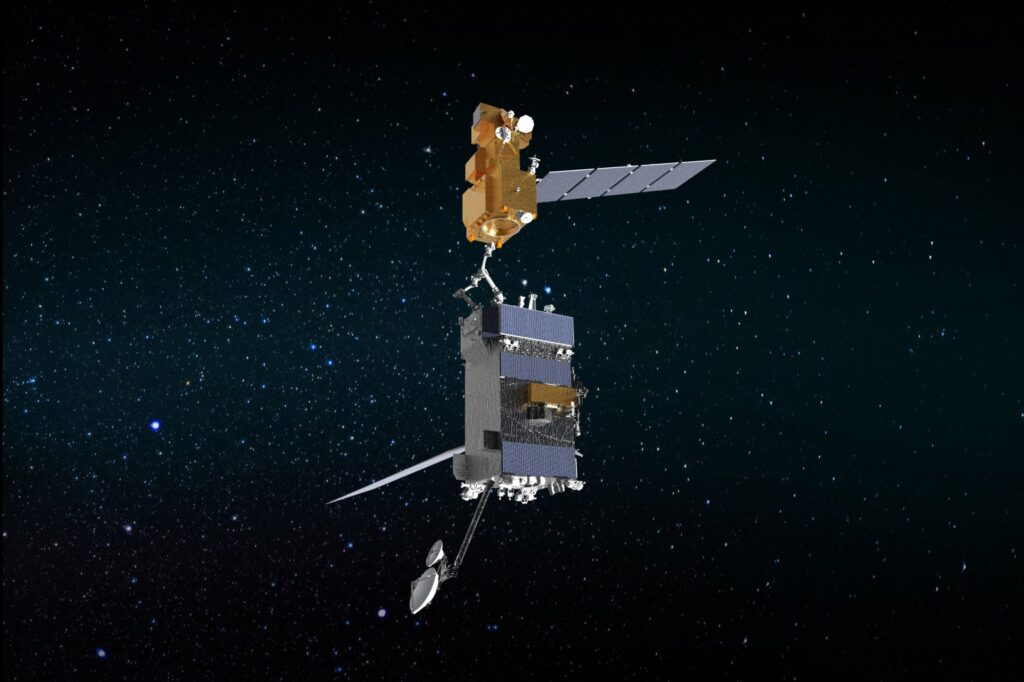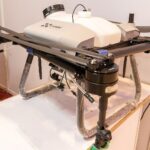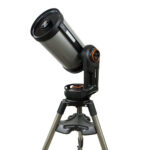Now Reading: Europe outlines defense flagship programs and confirms European Space Shield by 2026
-
01
Europe outlines defense flagship programs and confirms European Space Shield by 2026
Europe outlines defense flagship programs and confirms European Space Shield by 2026


Krakow — The European Commission presented a working plan to track progress and deliver key defense capabilities by 2030 to European Union member states on October 16. The roadmap, titled Preserving Peace – Defence Readiness Roadmap 2030, follows March’s White Paper for European Defence – Readiness 2030 and the broader ReArm Europe/Readiness 2030 package, which aims to mobilize up to €800 billion ($933 billion) in defense investment through a mix of fiscal flexibility, EU-backed loans and joint procurement tools. Commission President Ursula von der Leyen framed the roadmap as “a clear plan with shared goals and concrete milestones on our path to 2030.” The roadmap is the latest document in the push for Europe to build up military sovereignty in the face of growing tensions with Russia and global geopolitical instability.
While the white paper set priorities such as closing capability gaps, focusing on critical technologies, and preparing for worst-case scenarios, the roadmap translates that into milestones and four pan-EU “flagship” programs: European Drone Defense Initiative, Eastern Flank Watch, European Air Shield and European Space Shield. The roadmap also sets out plans for an EU-wide military mobility area by 2027 to harmonize rules and build a shared network of open land, air and sea corridors to move troops faster. European Defense Commissioner Andrius Kubilius explained during the official Roadmap presentation that “this plan is how we are going to mobilize ourselves, member states, and EU institutions to deliver. The roadmap is about delivery planning, and about delivery of flagships.”
The four flagship programs
The four European defense flagship programs defined in the roadmap are broad, pan-European projects that will require coordinated capabilities, infrastructure and logistics, as well as a higher level of EU coordination to unlock funding and support:
European Drone Defense Initiative. Triggered by recent drone incursions in several member states, this will coordinate interoperable counter-drone detection, tracking and neutralization, and align with NATO operations. The roadmap calls for initial capability by the end of 2026, with full functionality in 2027.
Eastern Flank Watch. A layered land, air and sea posture along the EU’s eastern border, integrating air and counter-drone defenses with ground systems, maritime security in the Baltic and Black Seas and situational awareness for internal security and border management. Under the roadmap, the EU plans to develop initial capacity by the end of 2026 and full functionality by end-2028.
European Air Shield. An integrated, multi-layer air and missile defense layer, interoperable with NATO. The launch should begin by the second quarter of 2026.
European Space Shield. Aimed at the protection of space assets and services, the Space Shield will integrate with Galileo, IRIS² and other dual-use systems, with emphasis on space domain awareness, anti-jamming/spoofing and in-space operations/services such as refueling. While a budget for the Space Shield has not been disclosed, nor is the list of member states and industrial partners leading the initiative, the Commission announced that it plans to launch the Space Shield in the second quarter of 2026.
Investment framing
The official documents referring to the ReArm Europe/Readiness 2030 package highlights how the investment framing is not a single, pre-funded envelope, but it combines national spending, a proposed loan instrument (SAFE, Security Action for Europe) to scale up the EU’s defense investments through common procurement and mobilizing private capital by accelerating the Savings and Investment Union and through the European Investment Bank (EIB) to crowd in private capital and accelerate deliveries.
Kubilius during his official remarks Oct. 16 underscored the stakes: “The implementation of the roadmap is giving a very heavy task and mandate to the Commission, to the EU institutions, and to Member States. This will demand huge efforts on our side to deliver.”
Stay Informed With the Latest & Most Important News
-
 012024 in Review: Highlights from NASA in Silicon Valley
012024 in Review: Highlights from NASA in Silicon Valley -
 02Panasonic Leica Summilux DG 15mm f/1.7 ASPH review
02Panasonic Leica Summilux DG 15mm f/1.7 ASPH review -
 03How New NASA, India Earth Satellite NISAR Will See Earth
03How New NASA, India Earth Satellite NISAR Will See Earth -
 04And Thus Begins A New Year For Life On Earth
04And Thus Begins A New Year For Life On Earth -
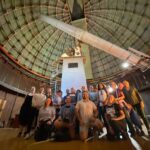 05Astronomy Activation Ambassadors: A New Era
05Astronomy Activation Ambassadors: A New Era -
06SpaceX launch surge helps set new global launch record in 2024
-
 07Space Force plans new ‘Futures Command’ amid pressure to speed up modernization
07Space Force plans new ‘Futures Command’ amid pressure to speed up modernization
